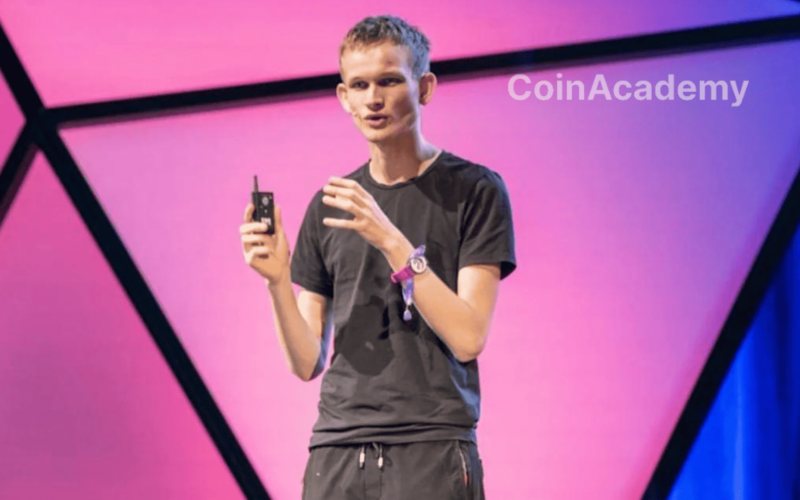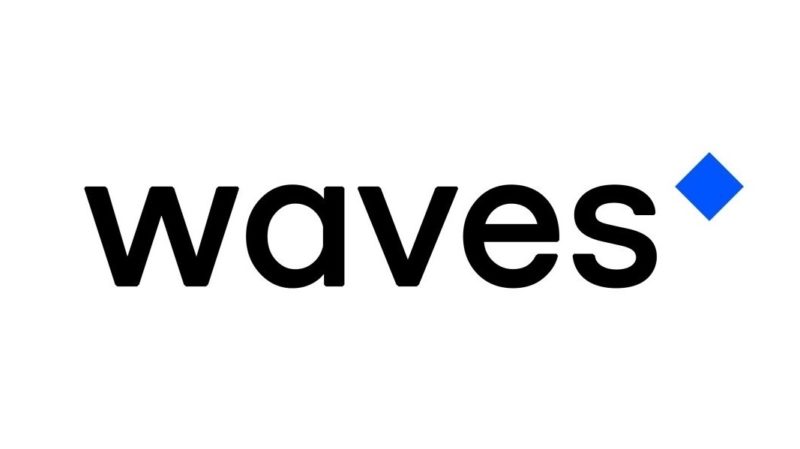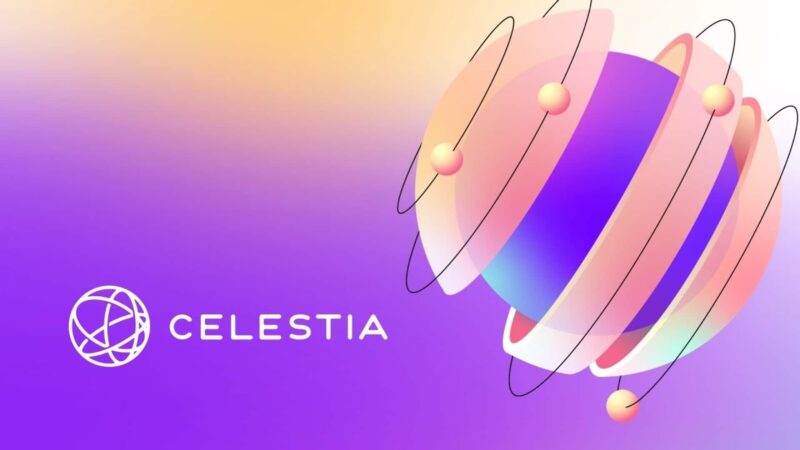Vitalik Buterin is studying possibilities to improve the impact of MEV and balance the gains of major actors while maintaining fair competition in block production.
During an Ethereum developers’ meeting in Kenya, significant progress was made regarding major Ethereum improvements, including PeerDAS, Verkle tree transition, and decentralized approaches to storing history in the context of EIP 4444.
Vitalik Buterin, the founder of Ethereum, highlights that the pace of Ethereum development and the ability to launch important features that truly enhance the experience of node operators and users (L1 and L2) are on the rise in a comprehensive blog post.
MEV, builder dependence, and democratization of the process
Historically, Ethereum blocks were created by miners using a simple algorithm, with transactions sent to a peer-to-peer network known as the ‘mempool.’ However, around 2020, the concept of Miner Extractable Value (MEV) emerged, allowing for additional revenue generation by executing complex strategies related to DeFi protocols.
Two strategies, MEV minimization and MEV quarantine, emerged. MEV minimization aims to develop alternatives to platforms like Uniswap (e.g., Cowswap) and integrate protocol techniques such as encrypted mempools that reduce the information available to block producers.
MEV quarantine accepts the existence of MEV but attempts to limit its impact on staking centralization by separating the market into two types of actors: validators and builders. According to Vitalik, this approach has maintained fair competition between small and large validators, although it has created the issue of transaction selection task concentration.
Vitalik Buterin argues that while MEV minimization is beneficial, it is insufficient. A form of MEV quarantine is necessary. The question is how to minimize the ‘MEV safe’ and limit the power of builders while allowing them to optimize arbitrage and other forms of MEV collection.
Liquid staking and community inclusion
Currently, solo staking represents only a small fraction of total Ethereum staking, with most being done by various providers, some centralized and others in DAO form, such as Lido and RocketPool. Vitalik Buterin’s research shows that the majority of people who do not engage in solo staking cite the 32 ETH minimum requirement as the primary reason. Other reasons include the technical challenges of running and maintaining a validator node.
Various research and development projects aim to address these issues, such as Verkle trees associated with EIP-4444, which enable staking nodes to operate with low disk requirements and synchronize almost instantly.
Furthermore, research on reducing participation requirements and maximum penalties could potentially mitigate concerns related to private key risks and allow stakers to simultaneously participate in DeFi protocols.
Node hardware requirements and the future of decentralization
Running a node is currently challenging, and most people do not do it. However, with the implementation of EIP-4444 and Verkle trees, hardware requirements could eventually decrease to less than one hundred gigabytes. Yet, this externalization of responsibilities maintains centralization risks. One proposed solution is to store history in a peer-to-peer network, where each node only stores a small portion of the data.
Vitalik Buterin points out that Ethereum’s approach in 2021 was too comfortable with transferring responsibilities to a small number of large-scale actors, as long as a market mechanism or zero-knowledge proof system existed to force them to behave honestly. However, current proposals have already moved away from this model and take the need for a truly decentralized network much more seriously.




